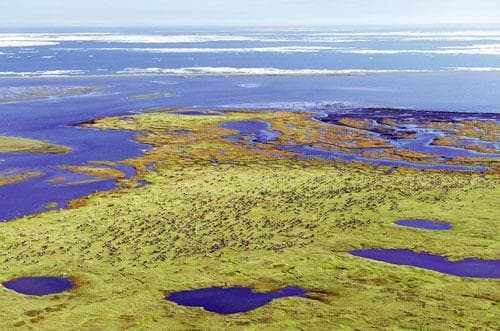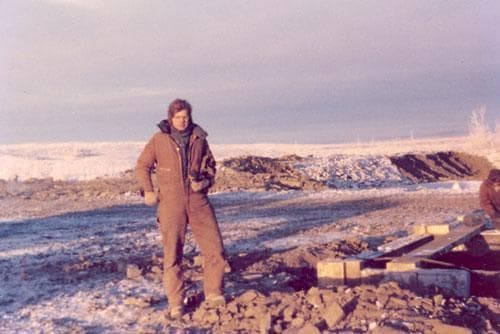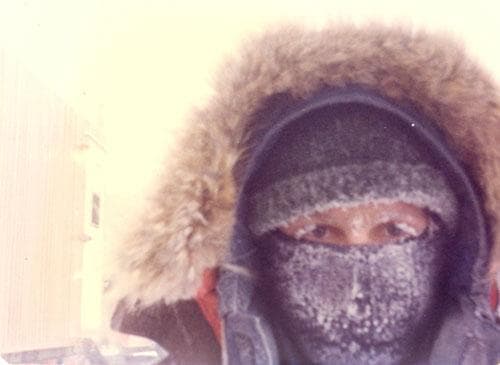Advertisement
Douglas Brinkley on Saving Alaska's Wilderness
ResumeHistorian Douglas Brinkley talks about the long fight to save Alaska’s majestic wilderness from destruction.

The vast natural beauty of Alaska is stunning, and not by accident, says historian Douglas Brinkley.
In 1899, when railroad tycoon E.H. Harriman took a steamboat full of scientists north to the Alaska, they were shocked at what they saw. A coastline ravaged. Endlessly clear cut, over-fished, over-hunted, overrun. “A mad, insane folly and debauch,” wrote one.
It took decades of tough struggle to preserve the majestic Alaska we see today, writes Brinkley. Then came “drill, baby, drill.”
We look at the century of battle over Alaska’s resources and its wilderness.
-Tom Ashbrook
Guest:
Douglas Brinkley, professor of history at Rice University. He's author of The Great Deluge, The Reagan Diaries, and The Wilderness Warrior. His new book is The Quiet World: Saving Alaska's Wilderness Kingdom, 1879-1960. You can read an excerpt.
Host Tom Ashbrook worked in Alaska in the 1970s, as a young field worker in the oil exploration business. Here are a couple of images from that time:
This program aired on February 9, 2011.

